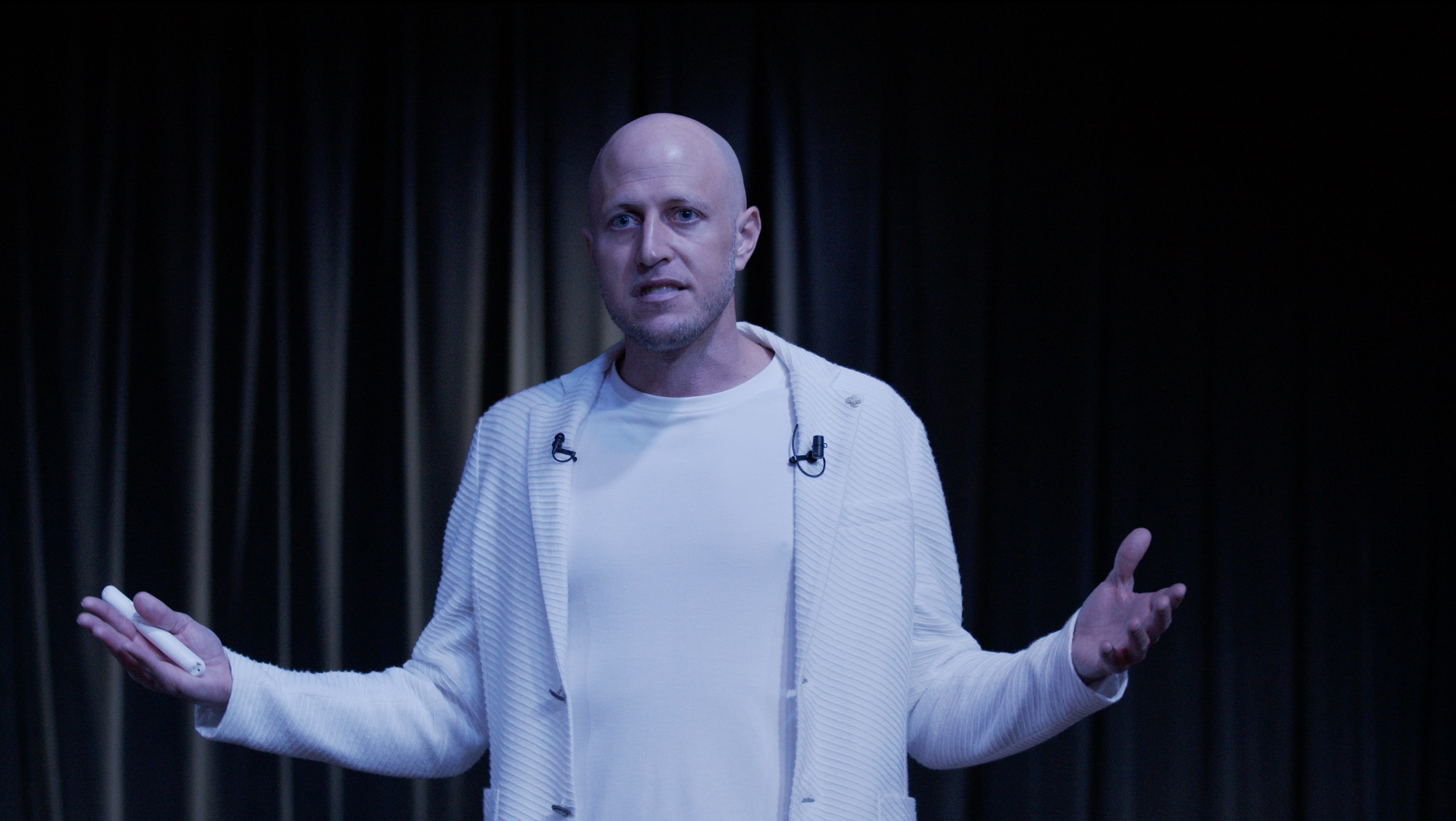Introduction:
In the dynamic world of leadership, stress management is more than just a skill; it’s a journey toward achieving greatness. The challenge is that most of us operate in a way that’s equivalent to a run all the way to the NBA Finals and wake up the next morning to start preseason training.
Leadership roles often bring forth high levels of stress and burnout, which is worn as a badge of honor in our hustle-and-grind culture. It’s a paradigm that’s no longer sustainable. When individuals experience high levels of stress, it can be incredibly challenging to remain fully engaged in a career they are passionate about and believe serves a meaningful purpose. The Healthcare industry is a great example. It serves a very meaningful purpose yet people in this field repeatedly report high levels of stress and burnout.
This article focuses on the power of resilience as a strategic approach for leadership stress management. We explore how awareness, acceptance, and forgiveness, can empower leaders to not only navigate stress but rise above it, cultivating resilience that sets them on a path to create impact in the personal and professional lives.
Step 1: Awareness – The Foundation of High-Performance Leadership
Building Resilience from Within:
Exceptional leadership starts with self-awareness, serving as the cornerstone of greatness. Self-awareness allows leaders to not only recognize but understand the thoughts, actions, and emotions shaping their behavior. They can then lead with intention instead of emotion.
Leaders who master self-awareness embark on a journey of personal transformation, breaking free from reactive thinking and feeling. This foundation is the key to exceptional leadership stress management. It’s also key to having the awareness of what your people need. When we become aware of it in ourselves we can become aware of it in others.
Step 2: Acceptance – Embracing the Present Moment as Visionary Leaders
A Resilient Approach to Leadership Stress:
Acceptance, a synergistic blend of non-resistance and surrender, forms the second step, offering visionary leaders a profound way to manage stress. It’s about embracing the present moment without psychological resistance, redefining the narrative that grinding it out is the sole answer to organizational challenges. This isn’t about complacency. It’s simply accepting what exists as an objective reality.
Visionary leaders who embrace acceptance transcend the perpetual battle with work-related difficulties. They ascend from a state of being triggered to one of enduring well-being, a fundamental aspect of leadership stress management.
Step 3: Forgiveness – Moving From The Past To The Present
Forgiveness in Leadership Stress Management:
Forgiveness is the 3rd step in leadership stress management. It is the key to healing and liberation from stress and burnout, allowing leaders to fully engage in the present moment and craft their desired future. Forgiveness manifests in two powerful forms: forgiving others and forgiving oneself. Recognizing that individuals are doing their best with the tools they possess fosters not just healthier relationships but an environment of psychological safety within leadership. At the same time leaders must practice self-forgiveness to fuel their personal growth. Because until we forgive we’re stuck in a past emotional state. Grief, anger, frustration and regret are examples that all live in the past. Forgiveness releases us into the present moment, which is the only place we can show up as the best version of ourselves.
Conclusion:
The principles of acceptance, awareness and forgiveness offer people a transformative strategy to not only navigate stress but transcend it. By cultivating resilience, leaders can equip themselves, their people and their organizations to navigate the emotional rollercoaster the 21st century business environment.




